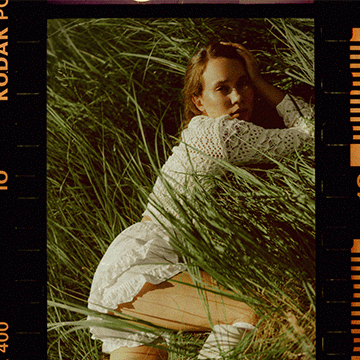Download Assets
description
Lightroom Classic can feel daunting at first. Even experienced users often find hidden gems and features tucked away in its menus and panels.
In our first day of 30 Days of Lightroom we’ll show you how to set up your workspace and import your images in no time!
This is Day 1 of our 30 Days of Lightroom series. Follow along with all 30 episodes as we explore the the magic of Lightroom together!
Watch Next
JOIN 30 DAYS OF LIGHTROOM (FOR FREE!)
Ready to jump in? Sign up and we’ll email you a printable calendar and daily class schedule so you can get started right away!
Image Source
- Cotton Bro
Images sourced from Pexels.
Share
Set Yourself Up For Success
Welcome to your journey into Lightroom Classic! Today we’ll walk you through importing images and navigating the program, setting you up for success in your editing workflow.
Navigating Lightroom
Lightroom has two primary modules: Library (for viewing, organizing, and selecting favorites) and Develop (for editing). The Library module offers various views: Grid, Loupe, Comparison (keyboard shortcut “up” arrow to promote image), Survey, and People. Use the Library Filter to search by text, attribute, metadata, etc. The Develop module contains editing tools organized into panels like Basic, Tone Curve, Color Mixer, etc. Use Tab to toggle sidebars and Shift+Tab to toggle all panels, including the bottom filmstrip, for a full-screen view.
Importing and Touring
1. Open Lightroom Classic.
2. If a catalog doesn’t exist, create one via File > New Catalog.
3. Click the “Import” icon in the bottom left.
4. Select your image source (hard drive, SD card, etc.) on the left. You can drag and drop images directly into the Lightroom interface or locate them using the viewer.
5. On the right, select how to import (Copy as DNG, Copy, Move, Add). For memory cards, “Copy as DNG” is generally recommended.
Setting Import Options
6. In the import dialog, configure file handling (Standard or 1:1 previews, Smart Previews), duplicate checking, and collection adding.
7. For metadata, create a new preset under “Apply During Import” to add copyright information: Metadata > New. Fill in your name and copyright details.
8. Choose a destination folder for your images. Organizing by date is often a good practice.
9. Review your import settings and click “Import”.
And just like that, you’ve completed Day 1 of 30 Days of Lightroom! We’ll see you tomorrow for Day 2, where we’ll dive into organization.











